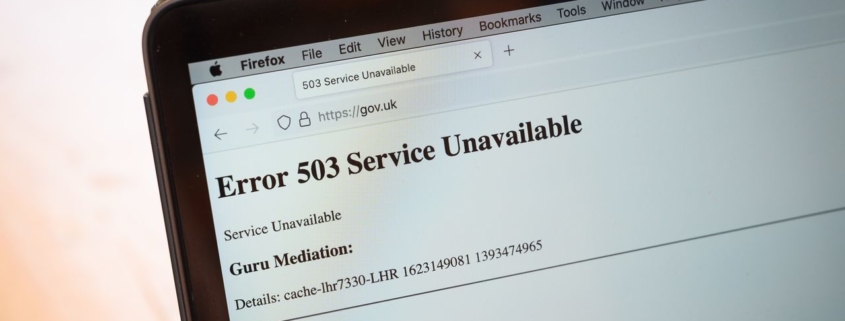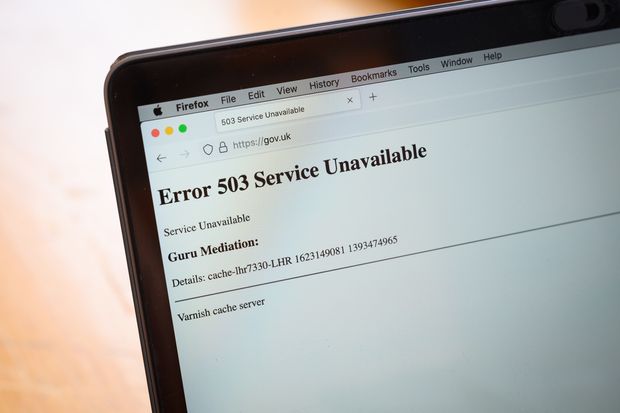In conversation with Gene Hoffman, co-creator of the internet’s first ad blocker • The Register
Interview Gene Hoffman is one of the founders of PrivNet, which in 1996 developed Internet Fast Forward, the internet’s first commercial ad blocking software. He helped found the company as a student at the University of North Carolina at Chapel Hill, with the help of fellow students Mark Elrod, Jeff Harrell, and James Howard.
PrivNet released Internet Fast Forward in mid-1996 and by November of that year, Pretty Good Privacy (PGP) announced that it was buying the startup.
Hoffman has been involved in the creation and sale of two other companies, EMusic.com, sold to Vivendi Universal in June 2001, and Vindica, sold to Amdocs in 2016. He’s currently president and COO of Chia Network, a cryptocurrency platform founded by BitTorrent creator Bram Cohen.
In an interview with The Register, Hoffman revisited the early days of ad blocking and discussed how the technology industry has changed over the past 25 years. What follows is a transcript of the discussion, edited for clarity.
***
Hoffman: I had a friend from high school who originally went to MIT and ended up back in North Carolina. UNC was kind of oddly central to the development of the internet. A lot of people kind of don’t know the deep roots there, but Usenet was created to stop people from getting drunk and crashing their VWs as they went back and forth from Duke to UNC, because all the Dukies would go to Chapel Hill to party and bad things would happen on the way back.
Linux was hosted locally at SunSITE at UNC back in the day. When I got to college as a freshman, the World Wide Web was just finally a thing. Gopher was still something you actually used a lot. The first moment in the fall, when there were thunderstorms rolling through and I downloaded real-time radar data and watched it on, you know, some painful old Macintosh, it was like, “Oh my this is going to be big!”
We’d seen Netscape IPO, you know, we’d seen that things were going the way we all…




